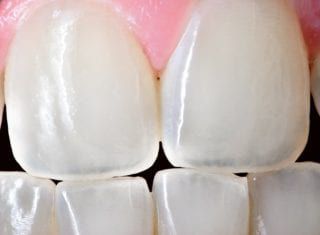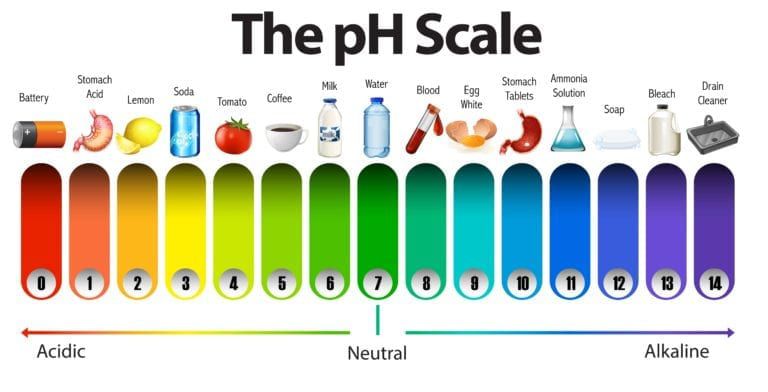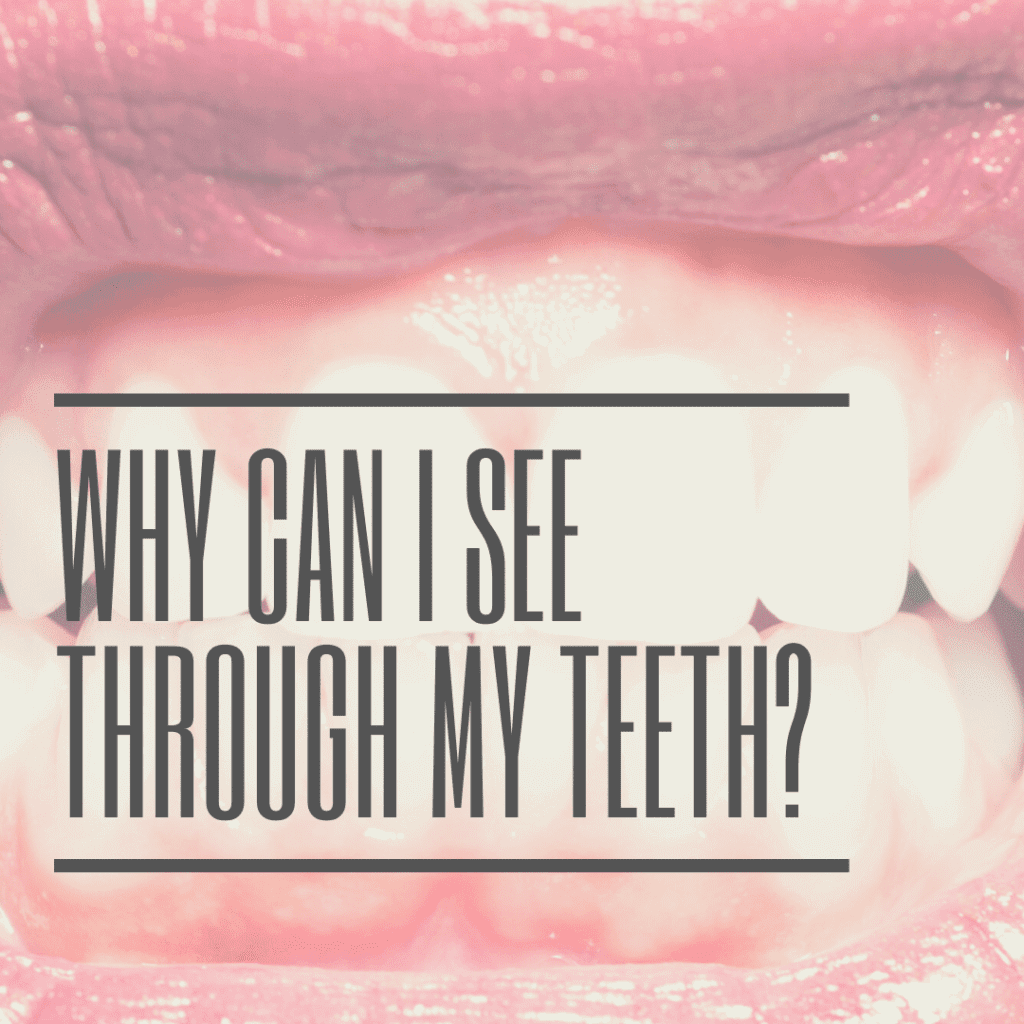
Have you begun to notice that you can see through your teeth when you look in the mirror? This may be a startling discovery, since your teeth are supposed to be opaque. Upon noticing that your teeth are translucent, you may start to wonder why this happens and what can be done to fix it. In fact, translucent teeth is a somewhat common phenomenon that can be corrected in a few different ways. Here is what you need to know about translucent teeth.
What are translucent teeth?
Translucent teeth are teeth whose edges are no longer opaque and instead appear to be partially see-through. To understand why this happens, we need to know a little about tooth anatomy. You see, your teeth are composed of layers. The outermost layer is known as the tooth enamel, while the underlying layer is known as the dentin layer. Dentin is often yellowish or greyish in color, which will affect the overall color of your teeth. However, dentin does not extend all the way to the edge of your teeth, meaning that the edges are composed entirely of enamel. When tooth enamel begins to wear down, it loses its color and becomes translucent.
What causes teeth to become translucent?
As mentioned above, translucent teeth are the result of tooth enamel wearing down and losing its color. But, what exactly causes your tooth enamel to wear down to the point of becoming translucent? While there are a variety of things that can wear down tooth enamel, here are some of the most common causes of enamel wear associated with translucent teeth:
Acidic Foods and Beverages
Certain foods and beverages are more acidic than others. Their high acid content can lower the pH in the mouth. Although this can sound like a good thing, lowering the pH number actually means more acidic. Unfortunately, tooth enamel starts to demineralize, or erode, around a pH level of 5.5 or lower. This ultimately means that the more acidic foods and beverages consumed, the more enamel erosion that occurs over time. As the enamel continues to wear down, it will eventually become translucent.
Medical Conditions
Certain medical conditions can also contribute to the enamel wear associated with translucent teeth. Such medical conditions include heartburn, acid reflux, morning sickness, bulimia, or any medical condition that causes frequent vomiting. These conditions can affect the teeth since they regularly expose the tooth enamel to the highly corrosive stomach acid. In addition, Celiac disease can also lead to transparent teeth, not because of vomiting, but due to the fact that the disease causes problems with enamel development.
Enamel Hypoplasia
Enamel hypoplasia is a condition that affects the development of tooth enamel in primary and permanent teeth resulting in thin enamel. It is characterized by the presence of white spots, pits, or grooves on the surface of the teeth. Since this condition causes the enamel to be thinner than normal, the teeth are more likely to have a translucent appearance due to having very little enamel. In some cases, enamel hypoplasia can even cause teeth to form without any enamel.

How does my dentist fix translucent teeth?
If you have translucent teeth, this doesn’t mean that you are stuck with them. Although tooth enamel cannot grow back once it’s been eroded, there are other ways your dentist can fix translucent teeth. Possible ways to correct translucent teeth include:
Dental Bonding
Dental bonding is a non-invasive procedure that uses composite resin to repair translucent teeth. During a dental bonding procedure, softened composite resin is applied to the tooth, shaped, and then hardened into place once layer at a time. The composite resin is able to bond over the tooth enamel in order to “fill in” translucent teeth and restore their prior look.
Veneers
Dental veneers are a minimally invasive alternative to dental bonding that uses thin shells made of porcelain or composite resin. These thin shells are adhered to the front side of the teeth in order to conceal worn enamel and translucent teeth. While porcelain veneers last longer than dental bonding or composite veneers, they may require a thin layer of enamel removal. However, this is not always necessary, especially if the enamel has already been thinned by https://www.paperwritings.com/ erosion.
Crowns
Dental crowns are tooth-shaped caps that fit over an entire existing tooth. They are generally used in cases where the entire tooth has been significantly affected by erosion. To place a dental crown, your dentist will need to shape your tooth, take dental impressions, and place the permanent crown.




